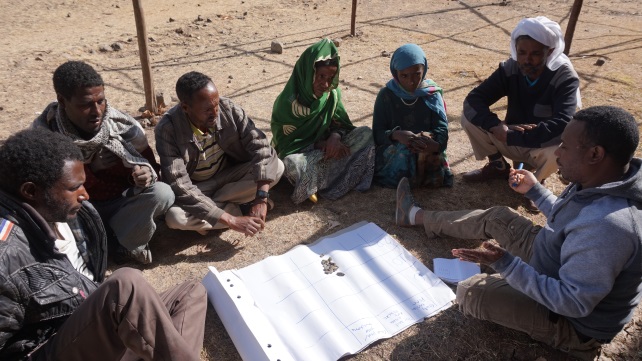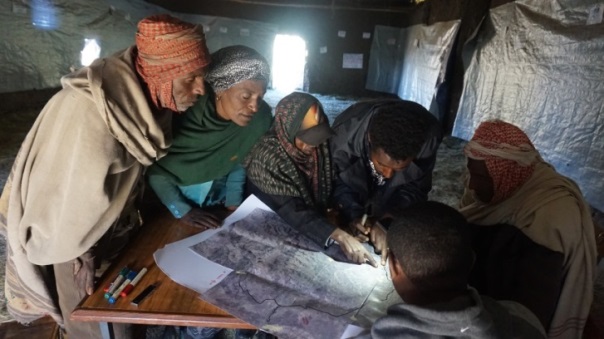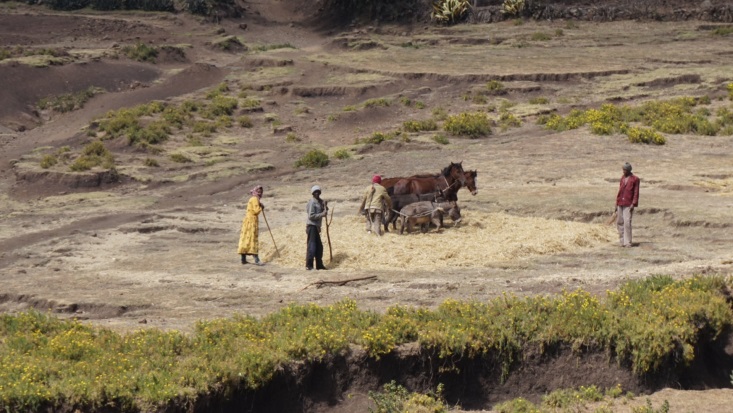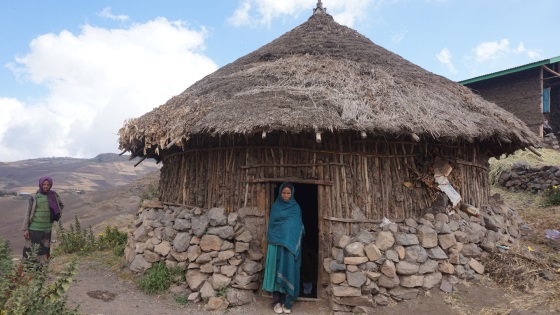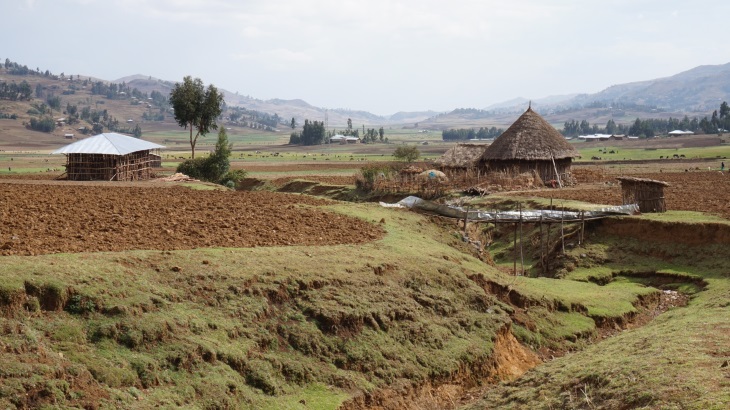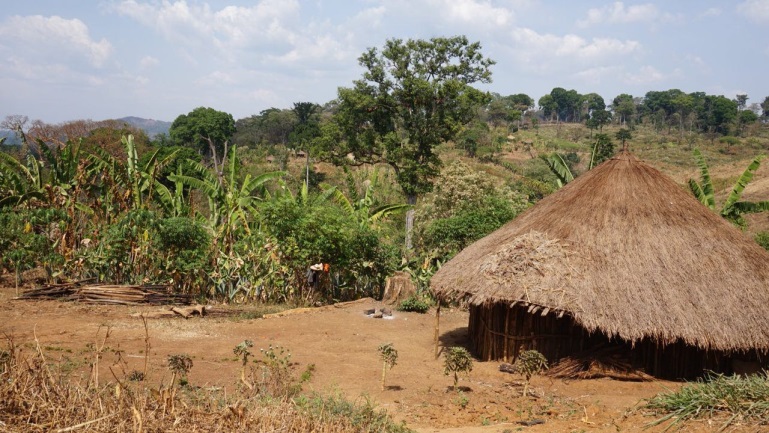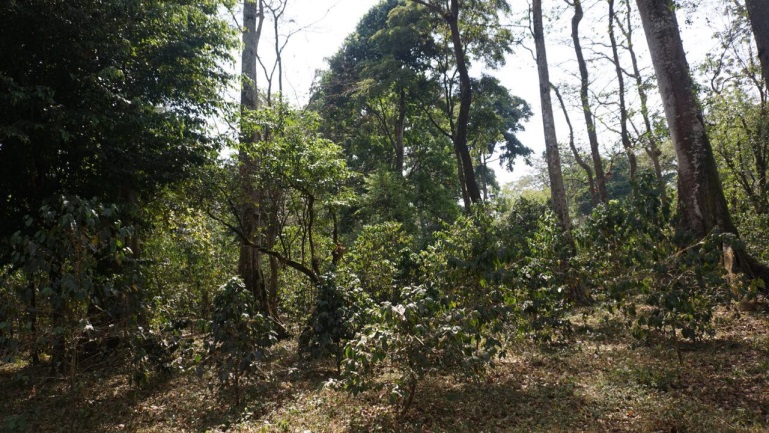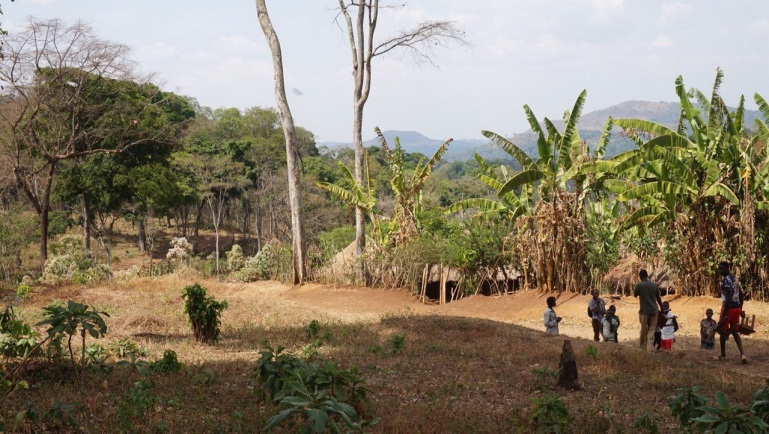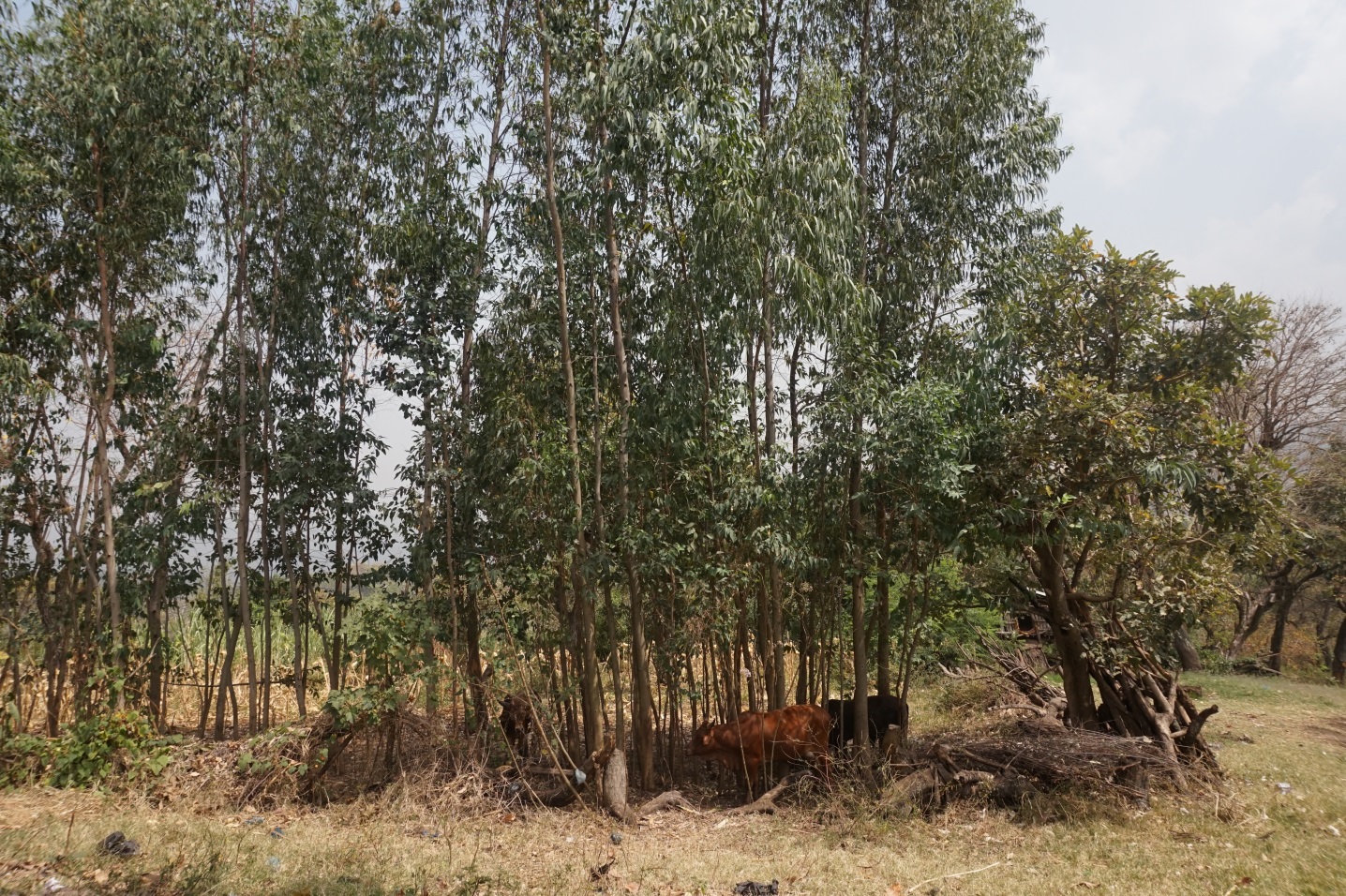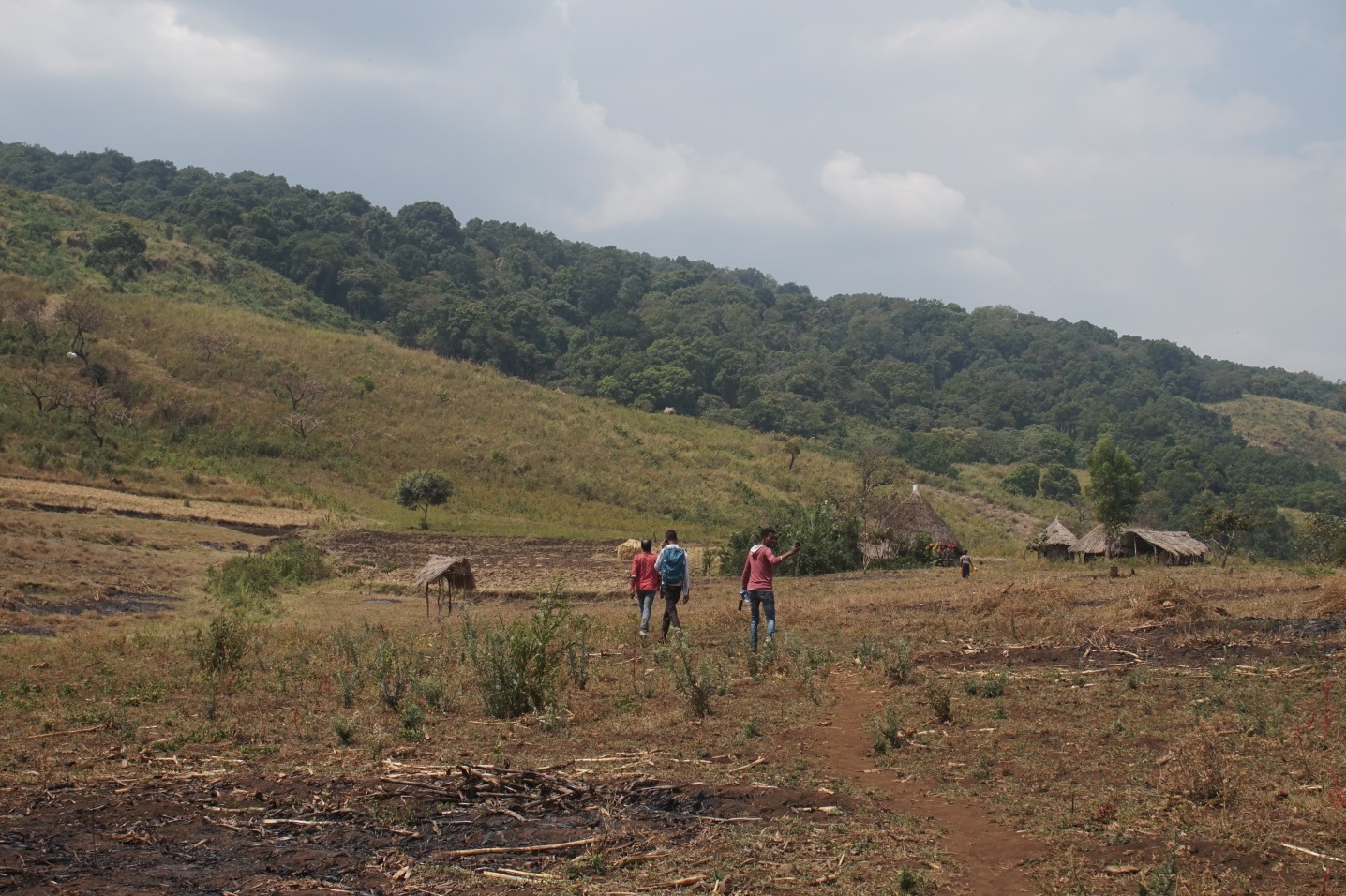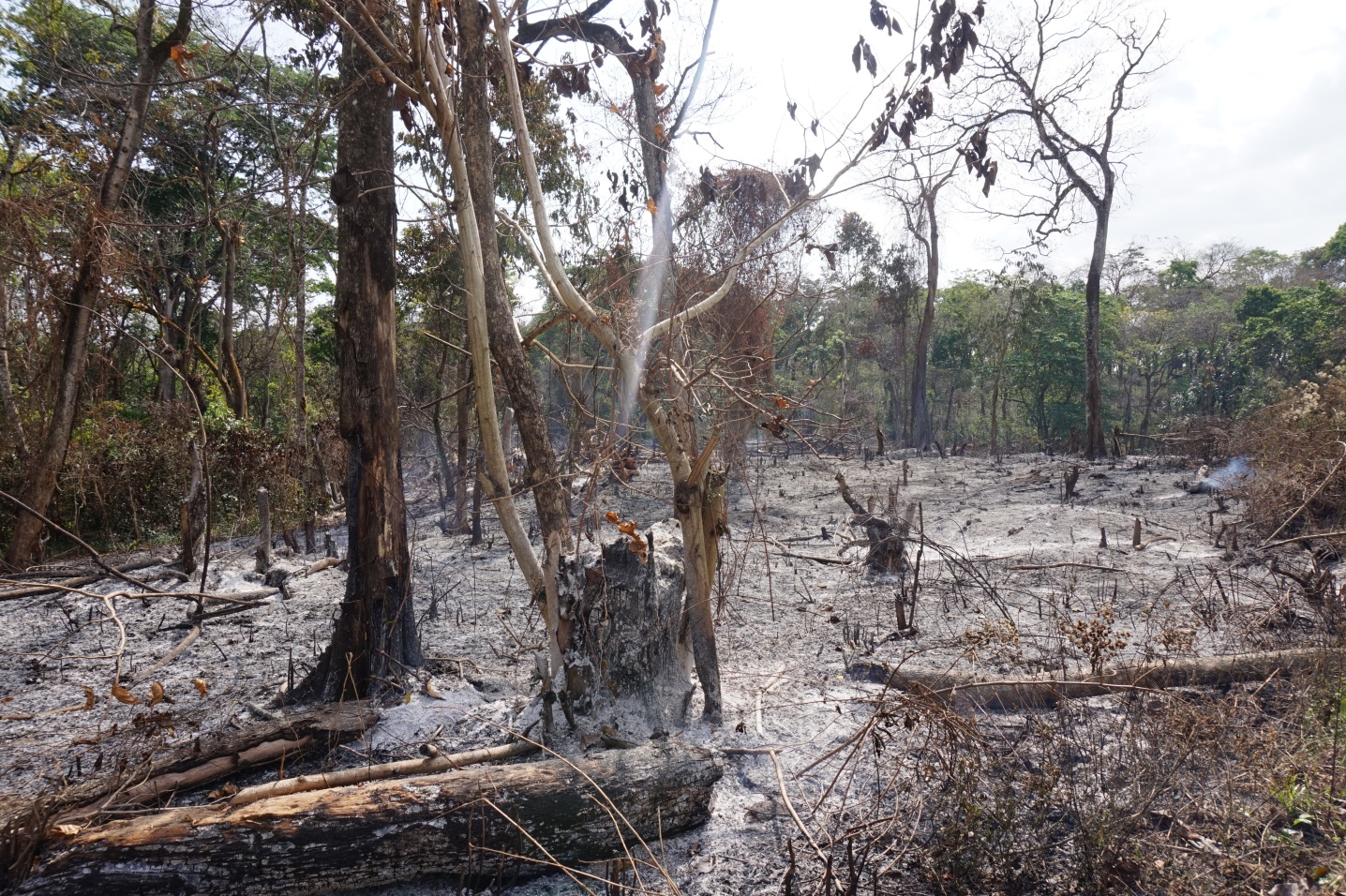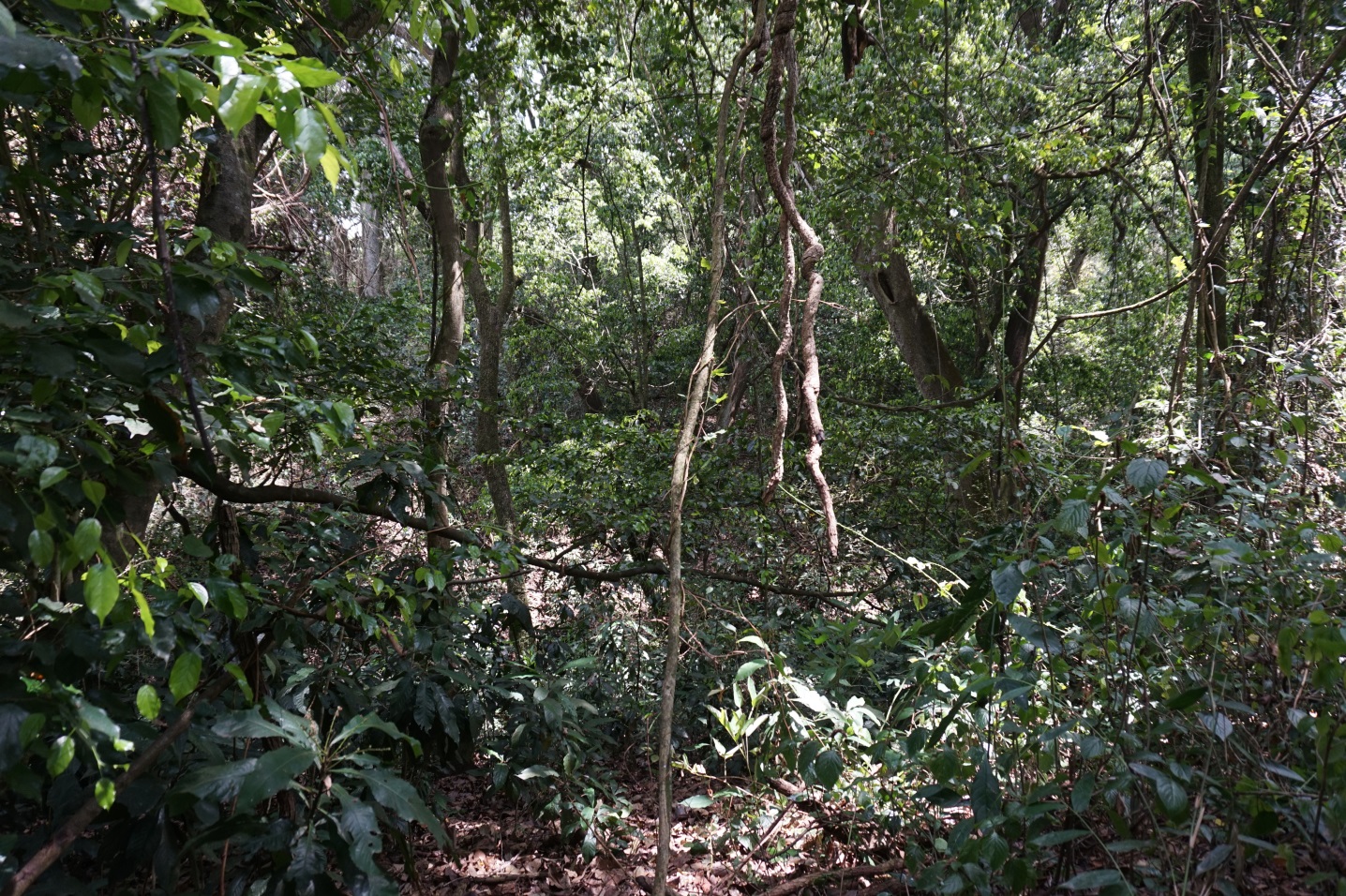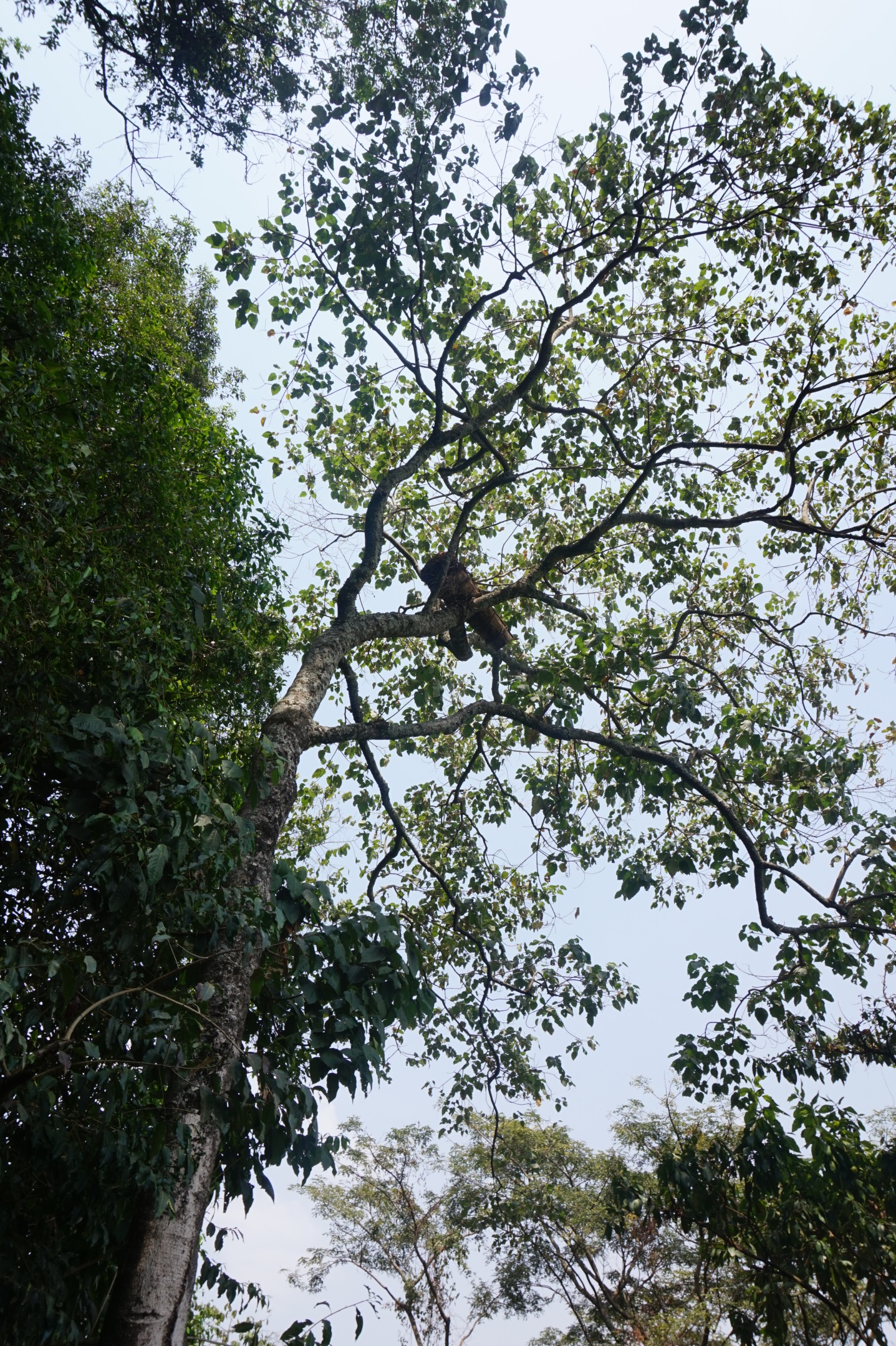Case studies
The empirical work for MigSoKo is done at various places in Ethiopia. We have chosen this country because of several relevant features including land scarcity and associated high population pressure in parts of the country, resettlement programs initiated by the government, and major environmental consequences of clearing natural vegetation for agriculture.
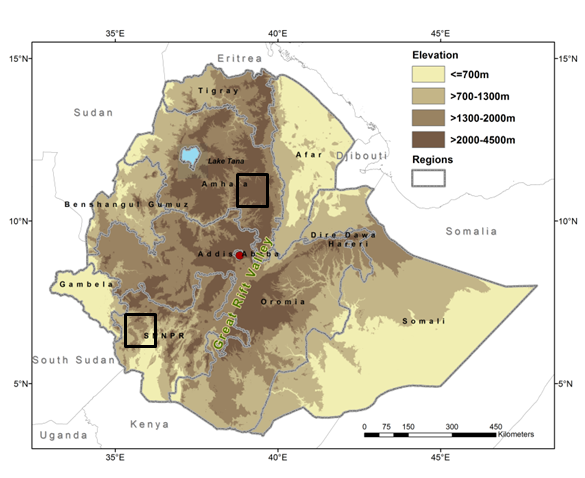 Map of Ethiopia with two case study areas (indicated with rectangles)
Map of Ethiopia with two case study areas (indicated with rectangles)
Out-migration hotspot: Northern highlands, South Wollo
In South Wollo Zone of Amhara Regional State in the Northern Ethiopian highland is known for periodic droughts and severe land degradation, the latter mainly due to climate change and mismanagement of land. The rainfall has a bimodal pattern with a smaller spring season (belg) and a larger summer season (kiremt). The region is affected by changing rainfall patterns with increasing variabilities between the years. Farmer’s livelihood in South Wollo depends mainly on mixed subsistence, rain-fed agriculture. Besides rainfall changes and land degradation farmers in South Wollo have to face other challenges including hail, frost, crop pest, livestock diseases and a growing population contributing to food insecurity and land scarcity. Migration is a well-established livelihood strategy in South Wollo and occurs in all forms.
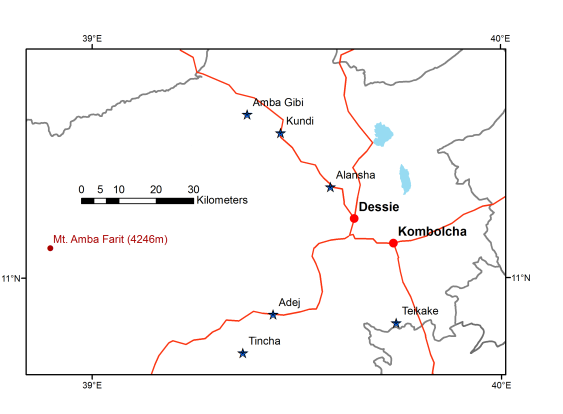 Study sites in South Wollo (indicated with stars)
Study sites in South Wollo (indicated with stars)
We worked in 6 villages compromising several agro-ecological zones and collected mainly qualitative data through focus group discussion at village level, interviews with regional experts, household heads and migrants.
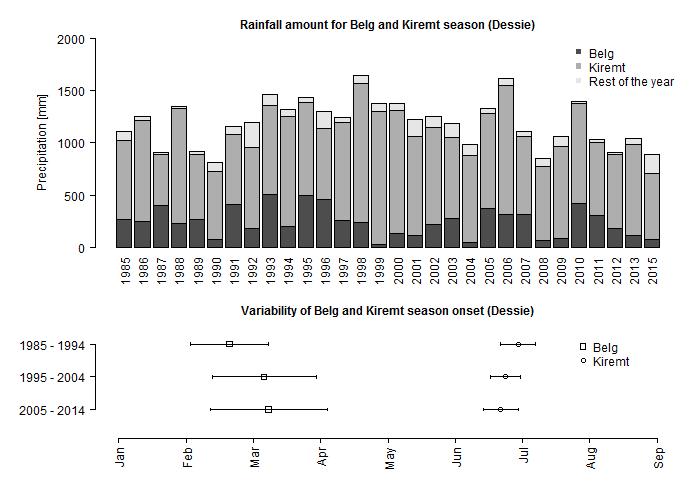 Annual rainfall amounts and standard deviation for the onset of both belg and kiremt seasons for Dessie. The presented data were calculated using daily precipitation data for the years 1985 through 2015 (2014 data are missing) provided by the East Amhara Meteorology Service Center in May 2017.
Annual rainfall amounts and standard deviation for the onset of both belg and kiremt seasons for Dessie. The presented data were calculated using daily precipitation data for the years 1985 through 2015 (2014 data are missing) provided by the East Amhara Meteorology Service Center in May 2017.
Immigration hotspot: Southwest Ethiopia, Bench Maji
In the Bench Maji Zone of the Southern Nations Peoples Republic in Southwest Ethiopia several resettlement programs as well as other, more voluntary immigration events are recorded for the past 70 years. Migrants who arrived in Bench Maji came from all parts of Ethiopia and the region show a huge ethnic diversity. Recently, forest cover decline, mainly induced by the expansion of farmland and coffee plantations already fostered land degradation in some places and scholars observed a transition from the traditional forest-based to a more agriculture-based livelihood system. In contrast, forest protection and reforestation efforts are initiated by the government, civil organization and the local communities.
Our research focuses on three villages located in Guraferda district which received significant numbers of migrant within the recent decades. We employed a mix-method approach and conducted household and village surveys in all three research sites contextualized through focus group discussions and expert interviews.


